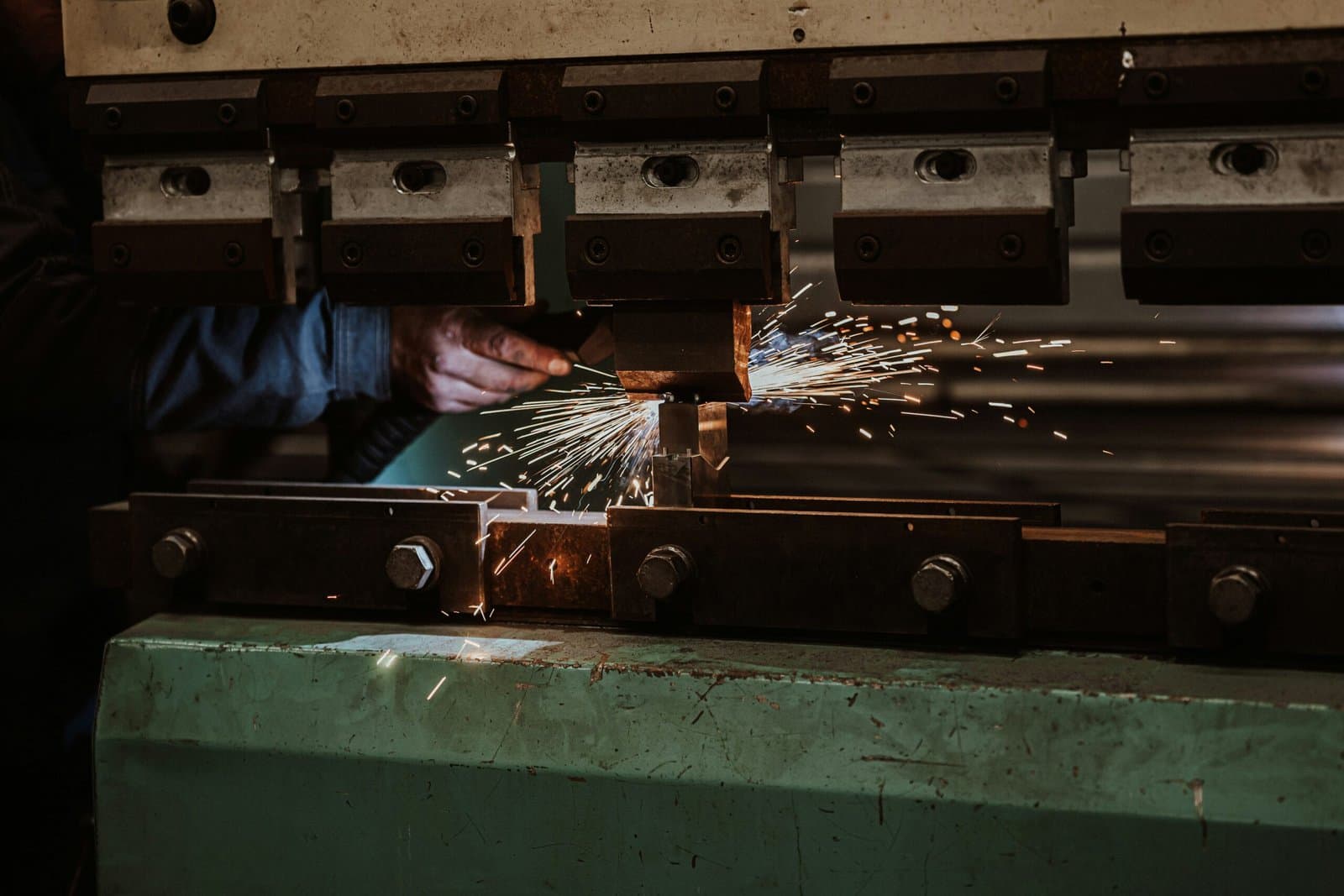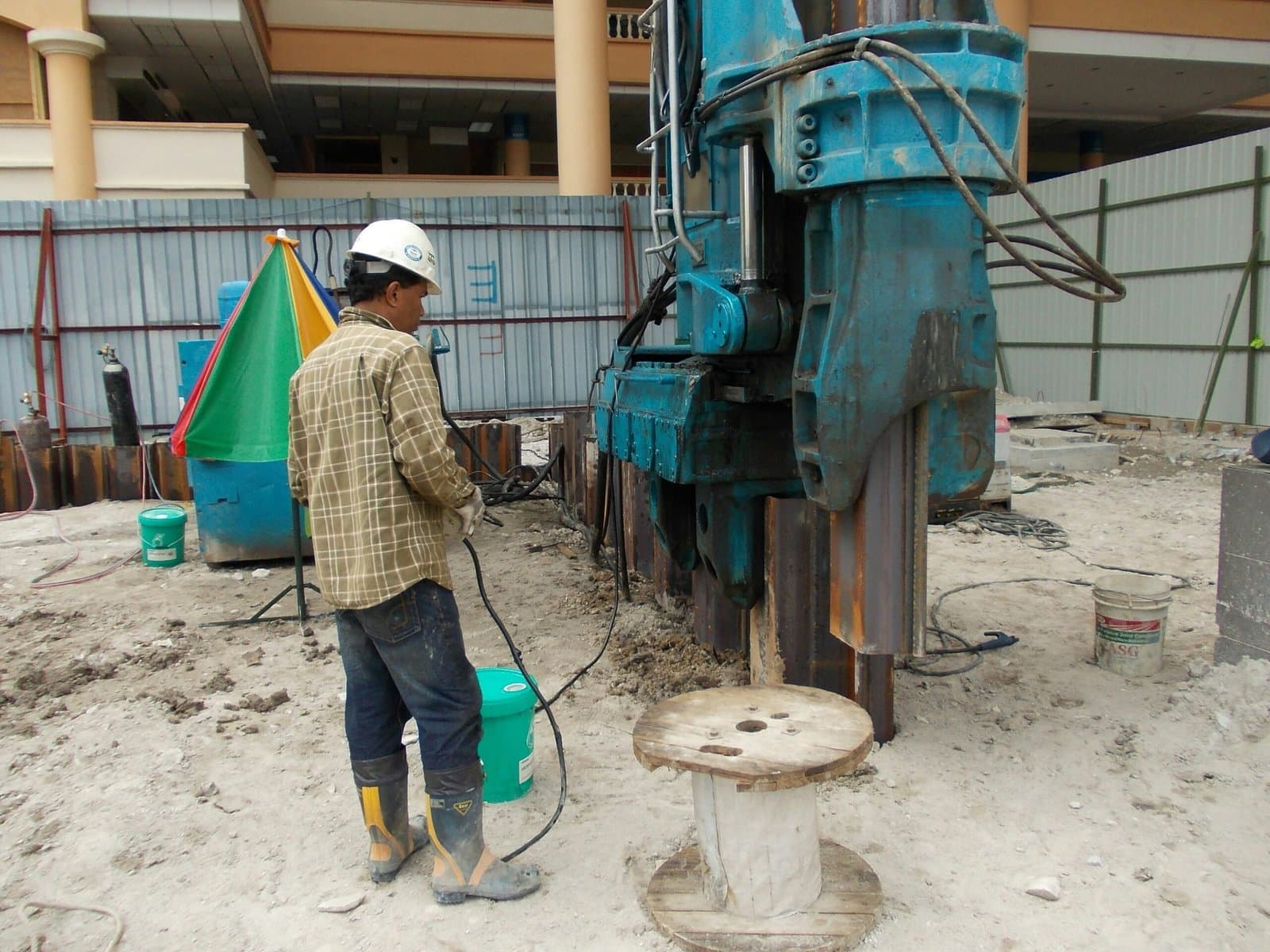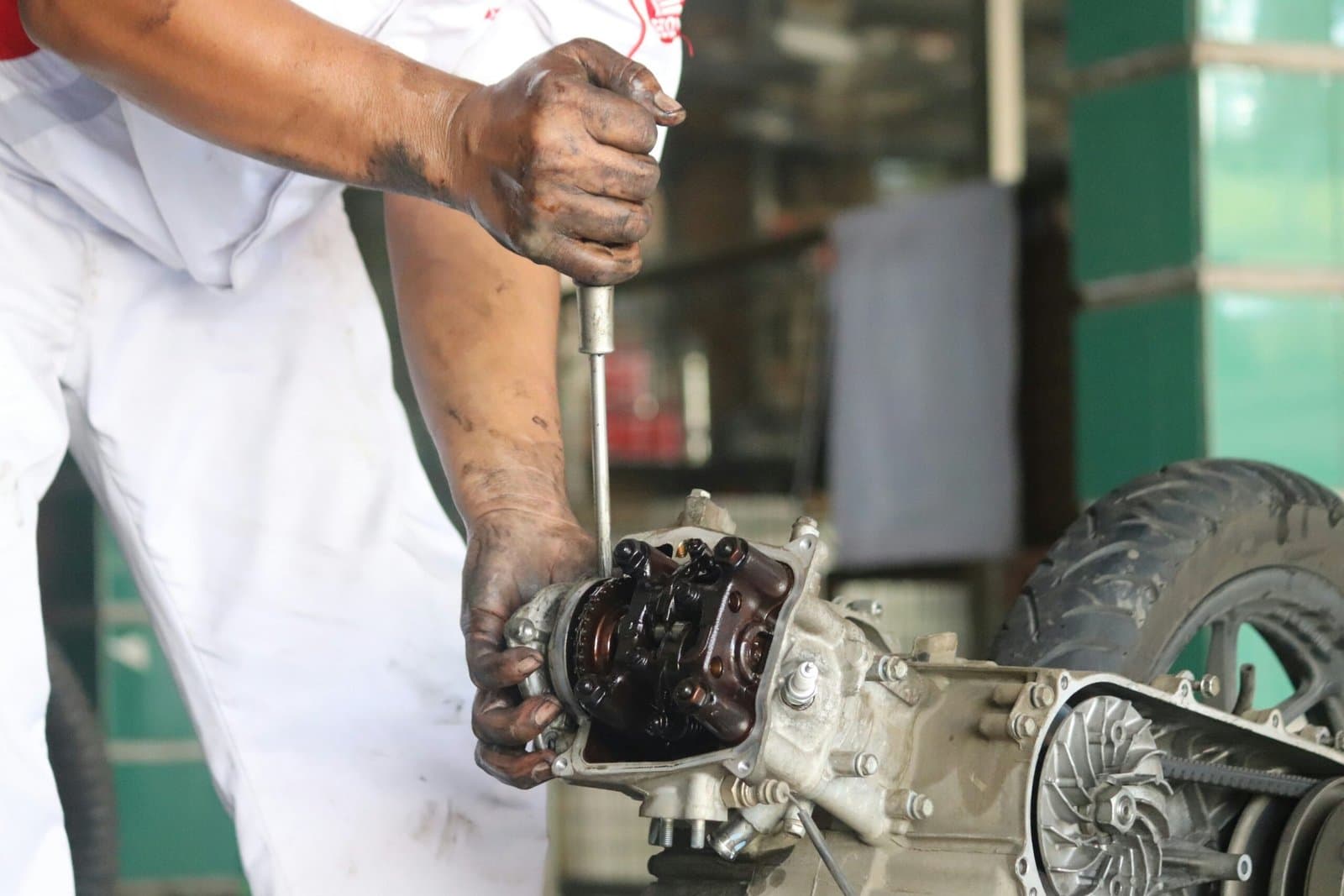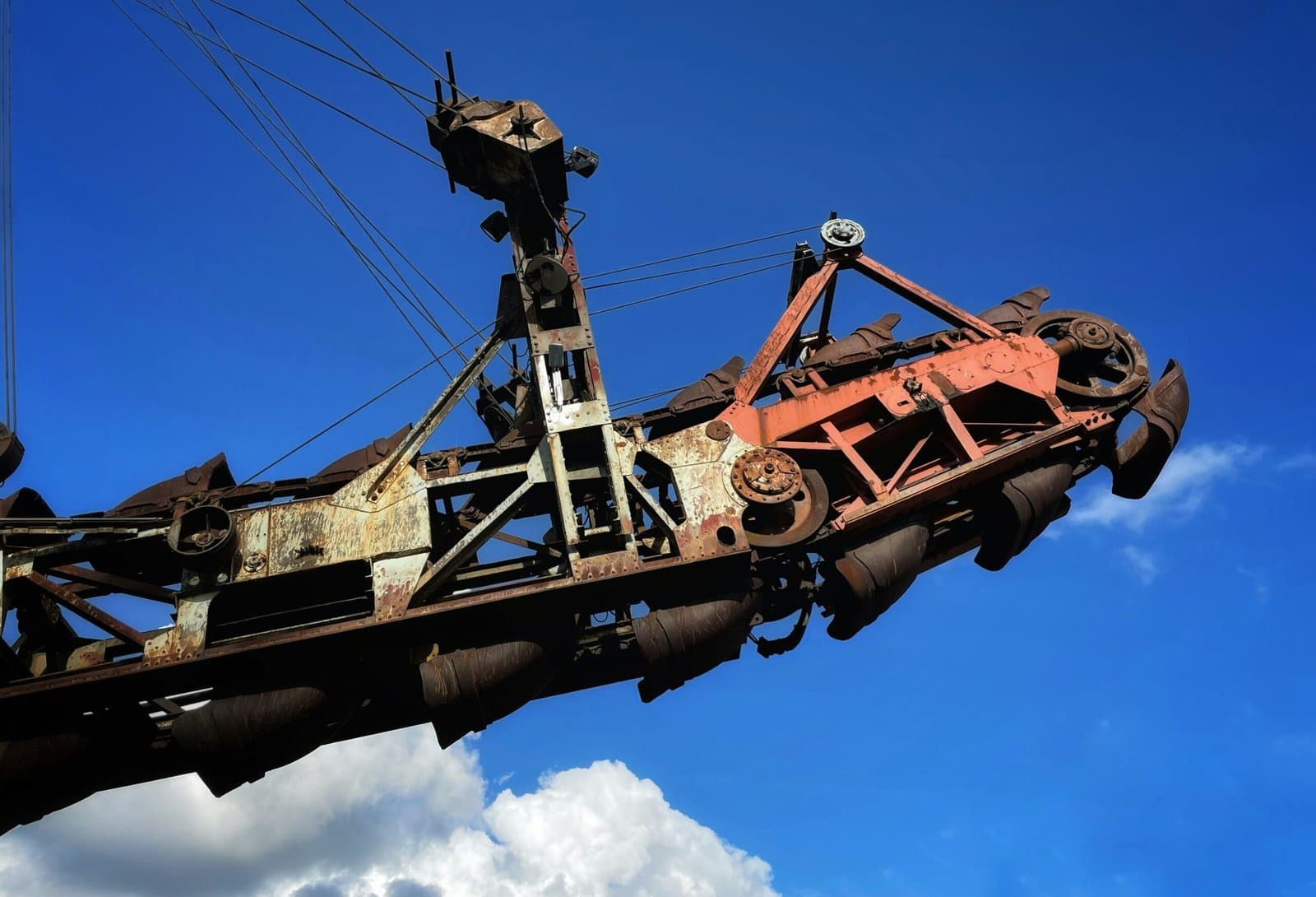Common Rigging Mistakes and How to Prevent Them

In the high-stakes world of industrial rigging, even the slightest mistake can set off a chain reaction of catastrophic consequences. From overloading equipment to using damaged slings and improper lifting techniques, seemingly minor errors can quickly escalate into major accidents, endangering lives and causing significant damage. In this educational blog, we’ll explore the domino effect of common rigging mistakes and provide clear and concise preventative measures to keep workers safe and operations running smoothly.
Overloading Equipment
Overloading equipment is one of the most common and dangerous rigging mistakes. Whether it’s exceeding the weight capacity of a crane or hoist or improperly distributing the load, overloading can put immense strain on equipment, leading to structural failure and potential collapse.
Preventative Measures:
- Always verify the weight of the load before lifting it and ensure it does not exceed the equipment’s rated capacity.
- Use load charts and calculators to determine safe lifting capacities and ensure proper weight distribution.
- Train workers on the importance of load limits and the risks associated with overloading equipment.
Using Damaged Slings
Using damaged slings may seem minor, but it can have devastating consequences. A small tear or abrasion in a sling can significantly weaken its strength, increasing the risk of failure during lifting operations.
Preventative Measures:
- Regularly inspect slings for signs of wear, tear, or damage before each use.
- Replace any slings that show signs of damage or deterioration immediately.
- Provide proper storage for slings to prevent damage from environmental factors such as moisture, sunlight, and chemicals.
Improper Lifting Techniques
Improper lifting techniques can place undue stress on the rigging equipment and the lifting load, increasing the risk of accidents and injuries. Common mistakes include lifting with bent knees, improper hand placement, and failure to secure the load properly.
Preventative Measures:
- Provide comprehensive training on proper lifting techniques to all workers involved in rigging operations.
- Emphasize the importance of maintaining a straight back, bending at the knees, and using proper hand placement when lifting heavy loads.
- Encourage workers to use mechanical aids such as hand trucks, pallet jacks, and lifting straps to reduce the strain on their bodies and minimize the risk of injury.
In industrial rigging, even the most minor mistake can have far-reaching consequences. From overloading equipment to using damaged slings and improper lifting techniques, seemingly minor errors can quickly spiral into catastrophic accidents, endangering lives and causing significant damage. By implementing clear and concise preventative measures, such as verifying load capacities, inspecting equipment regularly, and providing comprehensive training on proper lifting techniques, companies can mitigate the risks associated with rigging operations and ensure the safety of their workers and the success of their projects.
Newsletter
Don't miss a thing!
Sign up to receive daily news
Recent Posts

august 30, 2025
Decommissioning a Facility: How to Turn It into a Profitable Venture

august 25, 2025
Hydraulic Press Maintenance 101

august 18, 2025
Rigging Machinery: The Challenge of Moving and Installing Outdated vs. Modern Equipment

august 16, 2025
Conveyor System Maintenance: 5 Early Warning Signs of Failure

august 14, 2025
Predictive Maintenance: The Smarter Alternative to Costly Reactive Repairs

august 11, 2025